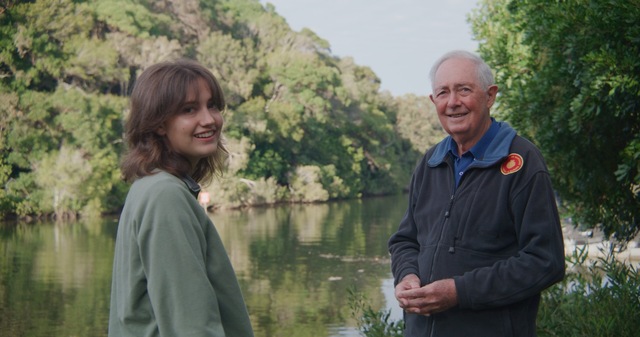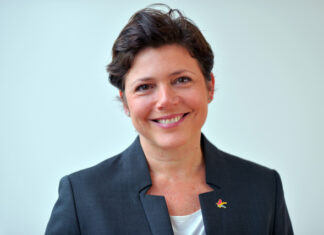
The Noosa Biosphere Reserve Foundation has this week launched its Life in a Living Lab campaign to engage residents and visitors in what happens in a UNESCO biosphere reserve and how we should act within it.
Biosphere reserves are living, learning places, where science and innovation is applied in a real world setting to explore local solutions to global challenges.
NBRF program manager, Garry Hamilton says while Noosa was designated as the Noosa Biosphere Reserve in 2007, the status is generally not well understood.
“Significantly, our region now includes three adjoining biosphere reserves side-by-side—with Sunshine Coast Biosphere Reserve to our south and Great Sandy Biosphere Reserve to our north. It’s important that we as residents, businesses, and those who visit here, consider our place and how we interact within a biosphere region,” said Mr Hamilton.
“Education is a strategic priority of the Foundation and a guiding principle of UNESCO’s Man and the Biosphere Programme. We’re proud to be launching our first major education campaign to inspire locals to act as an owner of change when they are in our Shire,” he said.
Over the next six months, Life in a Living Lab will present Noosa’s unique way in which research and real life converge.
Through information sharing, personal stories of local people making a difference, current research, and practical ways people can have a positive impact, the NBRF will aim to bring awareness to how communities can thrive while living beside active conservation.
Emeritus Professor Ian Lowe is a recent addition to the NBRF Board and features throughout the campaign. He says biosphere reserves are special because they demonstrate and promote a balanced relationship between human societies and their natural environment.
“Biosphere reserves help communities to make good decisions about resource use and conservation by supporting the study and monitoring of natural systems,” said Professor Lowe.
“The Kabi Kabi people managed these lands for tens of thousands of years, living within the sustainable limits of the natural systems. We also recognise the efforts of generations of more recent arrivals and successive Noosa councils, who have fought to maintain the integrity of our natural systems.
“The landmark 1997 Noosa Shire Strategic Plan intends to ensure that human development does not adversely affect the natural systems which support our lifestyle.
“When research happens in real environments, the solutions are able to better address challenges. Progress happens,” he said.
Mr Hamilton says that as a community, the Noosa Biosphere region is leading innovation to tackle challenges and find solutions for the future.
“At the NBRF, we are proud to enable and support groundbreaking conservation research and sustainable practices,” he said.
“For example, thanks to innovative technologies we are learning more about our Glossy Black-Cockatoos and koala populations. We’re also studying the behaviour of bull sharks and educating community around safe water usage so we can inform decisions around shark bite mitigation in a way that is safe for both marine species and people.
“From restoring one of the greatest lost ecosystems in the world—the oyster reef—to supporting regenerative agricultural practices, there is a hive of work in our backyard to sustain and enhance the natural systems that sustain our way of life.
“In this campaign, we’re asking residents and visitors to consider the reasons why they love Noosa—they’re likely the same reasons we should protect Noosa.”
Find out more and how you can get involved, at noosabiosphere.org.au/living-laboratory






